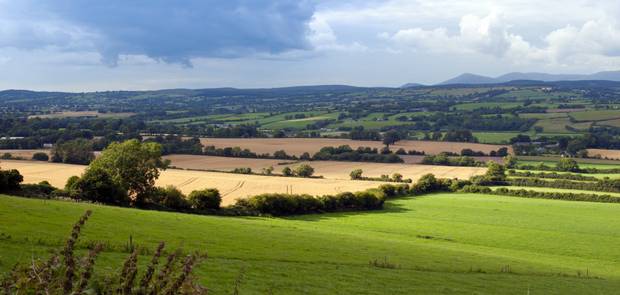Fine Gael and Fianna Fail view rural voters as their social base, but successive governments have repeatedly let these people down. Over the last 12 months, rural communities have lost 160 post offices despite the relatively low cost (€8 million) of keeping them open.31 Nearly a million rural families are also waiting on decent broadband, 20 years after the first plans were made to roll it out. Over the last decade rural schools, Garda stations and libraries have also been in the front line of so-called government rationalization. The decline in rural Ireland is ultimately characterised by a vicious cycle as employment stalls, relative populations decline and services are stripped from those remaining.
One of the major problems facing the regions is the model of development favoured by the Irish elites. The low tax, foreign direct investment (FDI) model, relies on a small non-interventionist state geared to supporting the interests of foreign multinationals. In the wave of FDI up to the early 1980’s, rural Ireland was at least partly serviced by the creation of manufacturing employment and construction, but increasingly FDI is locating in the greater Dublin area, Cork and Galway. This is for two key reasons – agglomeration effects which mean that FDI tends to cluster and the increasing importance of financial services centred on the Irish Financial Services Centre in Dublin’s Docklands. The result has been unbalanced growth and employment opportunities with young people leaving rural Ireland for a capital city that is now sprawling into neighbouring counties.













